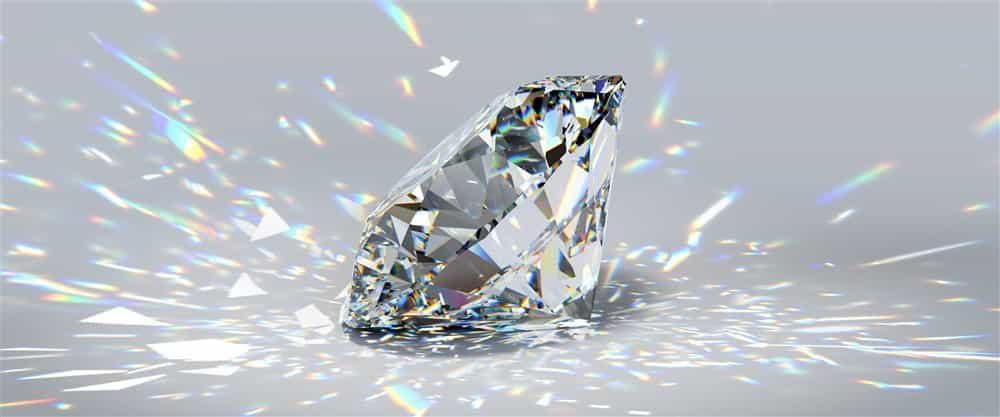Diamonds are just carbon atoms. Yes, the same carbon that you can find in charcoal or coal
Lab-grown Diamonds - What Is It And Why It May Be The Better Option
If you are shopping for a ring for your future wife, you will likely come across the term "lab-grown diamond."
So, what is a lab-grown diamond? Is it a real diamond? And, why should I consider buying such a kind of gemstone?
Well, that's what you'll find out in this article.
What Are Lab-grown Diamonds?
At its core, diamonds are just carbon atoms. Yes, the same carbon that you can find in charcoal or coal. The difference is that the carbon is exposed to extreme temperatures and heat, forcing the atoms to re-arrange and end up as a diamond. In the past, we have to rely on mother nature to create such environments. Nowadays, that's no longer true.
Technology has progressed so far that laboratories can mimic the environment to create diamonds, which are now known as lab created diamonds. Furthermore, the process will only need a couple of weeks, instead of millions of years as when mother nature does it.
What Are The Benefits Of Lab-grown Diamonds?
* High-quality - when shopping for your new ring, quality should be one of the top priorities on your list of criteria. You will generally want to seek a diamond with good ratings in color, clarity, carat, and cut.
There are impurities present in most natural diamonds. Because of the setting in which they developed, it is not uncommon for them to have dirt and other impurities ingrained in them. However, this is not an issue with diamonds created in a laboratory. Diamonds that are created this way often have fewer flaws and ultimately become whiter and brighter than mined diamonds.
* More affordable - when something is of such excellent quality, the price tag should reflect that, right? Well, not exactly.
If you purchase a lab-produced diamond instead of a mined one, your savings could go as high as 40%. This implies that you will have the financial capacity to purchase a diamond of greater carat weight, a better grade, or a combination of both.
Or, you can also purchase a metal base of a better grade or a design which you maybe wouldn't be able to if you had gone with a natural diamond. This will make it possible for you to choose a ring that is superior in all aspects.
* Guilt-free - You may not immediately think of the history of a diamond. But as reports of children working in diamond mines become more widely known and people place a greater emphasis on global humanitarian initiatives, your lovely wife may feel awful every time she glances at the glittering diamond on her finger.
It's close to an impossibility when tracking the history of natural diamonds, making it difficult to determine with absolute certainty whether or not your purchase is supporting the "blood diamonds" industry.
As the name indicates, lab-grown diamonds are produced in laboratories. Because there is no chance that they originated from a miner who was overworked or underpaid, you may have peace of mind in the knowledge that you are not contributing to the continuation of these harsh and unjust diamond mines.
* Eco-friendly - the negative effects of diamond mines on the ecosystem are in addition to the humanitarian issues they cause.
Diamond mines are notorious for being home to some of the world's biggest excavations. Because of this, the people who dig them up must consume a significant amount of coal to operate the equipment they deploy.
In addition, for the sake of mining diamonds, natural environments and trees that are important to the local people and animals are typically destroyed.
The environmental impact of lab-grown diamonds is almost negligible when compared to mining diamonds.
* It's a real diamond - lab-grown diamonds have the same chemical composition as natural diamonds. In fact, even a professional gemologist can't tell the difference between a real diamond from a lab-grown diamond unless a piece of specialized, high-powered magnification equipment is used.
Wrapping It All Up
Lab-grown diamonds are a type of diamond that is made in a laboratory. The process of making them is similar to how mother nature does it using extreme pressure and temperatures. However, lab-grown diamonds are produced much faster in just a matter of weeks.
If you want to know more or purchase a lab-grown diamond, then your best bet is to visit RareCarat.com (https://www.rarecarat.com/). They offer both natural and lab-grown diamonds. Most importantly, they have an impeccable history regarding integrity and trustworthiness.































